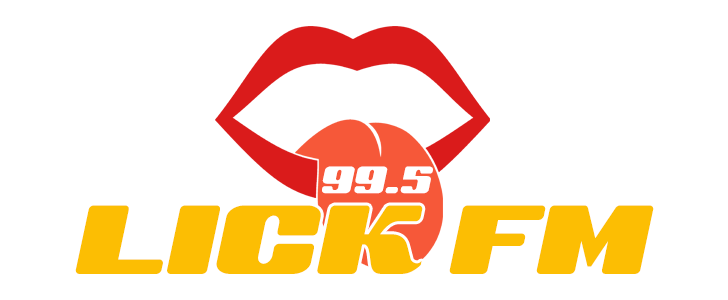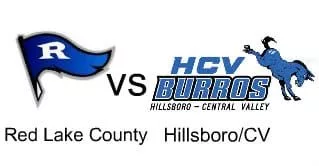
Beyonce’s show
Monday -- 09:00 AM - 11:00 PM
Tuesday -- 06:16 PM - 06:19 PM
Wednesday -- 12:00 AM - 06:25 PM / 03:05 AM - 11:59 PM
Saturday -- 04:00 AM - 10:00 PM
SEQUIM BAYÂ – The Jamestown S?Klallam Tribe is making Sequim Bay suitable habitat for Olympia oysters again.
The tribe spread 2,500 bags of oyster shells on its tidelands this year. The shells, known as ?cultch,? provide a surface for oyster seeds to grow on.
There used to be a thriving Olympia oyster population in the bay. That was confirmed recently when the tribe?s historic preservation officer uncovered an ancient shell heap that was 40 percent Olympia oyster shells carbon-dated back 1,000 years.
In the 20th century, oyster populations suffered because the bay was used as a log yard, filling the head of the bay with fine sediment.
But according to Liz Tobin, the tribe?s shellfish biologist, the restoration of Jimmycomelately Creek has gone a long way toward turning that around.
“Yeah, and so what it is is that as the mouth of that creek is draining out through wetlands, those fine sediments will filter out in the wetlands and not necessarily be dumped into the bay. So by restoring the wetland habitats and the watershed itself, you’re kind of restoring it back to where not all those fine sediments are getting dumped into the bay and instead they’re being distributed as it would originally have functioned throughout the wetlands. So it’s causing the substrate or the sediments to actually firm up, larger granules, and that provides really good habitat for shellfish.”
The Olympia oyster is native to the area but was harvested heavily before the Pacific oyster was introduced in the early 20th century and took over the habitat.
The tribe is working with other agencies to restore 100 acres of tidelands for Olympia oysters throughout Puget Sound by 2020.
PHOTO by Benjamin Drummond. 6-month-old Olympia oyster seed.

